Have you heard about post tension slabs? What is a post tension slab? This article talks about post tension slab problems and advantages. Follow along as we give you all the information you need to know.
Other articles you may find on the subject are geared towards those with some degree of engineering or construction experience. Here, we will help explain post tension slabs to someone who may know nothing about the subject.
What Is A Post Tension Slab?
A post tension slab is a type of foundation construction method. Becoming a popular method in the early 70s, many homebuilders switched to this method because of poor soil conditions found in the gulf coast region and the construction process being cheaper than general slab on grade construction.
A post tension slab is reinforced with stranded steel cables that are tensioned (tightened) after the concrete hardens. The cables are slid inside a plastic sheathing, like a wrapping. This prevents the cables from touching the concrete. When the concrete has sufficiently cured, the plastic sheathing is stretched. Stretching the post-tensioned cables applies significant force to the concrete system, lifting the slab into a compressed state, which reduces shrinkage cracks and cracks caused by difficult soil conditions.
Why Do Builders Use Post Tension Slabs?
There are two reasons why builders used post tensions slabs during the construction of a home or building.
- Due to poor soil conditions found in the Gulf Coast region, builders choose post tension slabs. One soil issue is that the freezing depth in southern climates is shallow.
- Post tension slabs are cheaper, which means more profit for the builder. Unfortunately, the results of this change are devastating for homeowners. Conventional concrete & rebar foundations last about 20-30 years before failure begins to occur. Post-tension slabs are lasting about 15-20 years and are failing at a much higher rate.
Problems With Post Tensions Slabs
One of the biggest problems with a post tension slab is cracks. The cables laying in the concrete are generally not tightened until at least 7-10 days after the concrete is poured. Since the cables are not stretched or elongated, they cannot provide any crack control in those first few days.
Another reason for cracks is when a vehicle or another large object is placed upon the structure, and its concrete slab undergoes tension. To solve this problem, post tensioned steel tendons are placed when the concrete is poured and tensioned after with conventional reinforced bars.
A second issue with post tension slabs is that the footings anchor the foundation in place. The tension required to bind the additional concrete in the footings plus the dirt between the footings can’t be met.
Defects such as slab cracks can be costly to repair after construction is finished. Picture ripping up flooring or carpet to repair a small crack you may never notice. Trying to fix cracks can be time-consuming and expensive. Depending on the extent of damage, a family may have to leave their home while the work is being done. Talk about prices adding up.
Learn more about – Concrete slab cracks in Florida home.
Advantages Of Post Tensions Slabs
Below are some advantages that come with using post tension slabs.
- Since the thickness in the post tension slabs is reduced, the amount of concrete and reinforcement is also reduced by 20% – 30% compared to the conventional concrete slab.
- Compared to conventional rebar foundation, the installation of post tension slabs is relatively simple.
- It’s easier for a crew to pour concrete and walk due to the extra space in the foundation.
- Lighter overall structure compared to that of all steel reinforcing bar foundations and can be more economical.
- The slab is easier to inspect and repair.
When these post tensioned steel tendons are stressed, the concrete is squeezed. In other terms, the concrete is compacted, which increases the compressive strength of the concrete, and at the same time, the steel tendons that are pulled increase the tensile strength. As a result, the overall strength of the concrete increases.
When construction teams properly understand and follow correct procedures for post tensioning a slab, they’re adding to a foundation’s life-use.
Who To Call For Post Tension Slab Problems
If you have post tension slab problems, who should you call for help? Check out Foundation Professionals of Florida, an award-winning and top-performing company. We specialize in all your foundation and slab repair needs and can provide any of the services above.

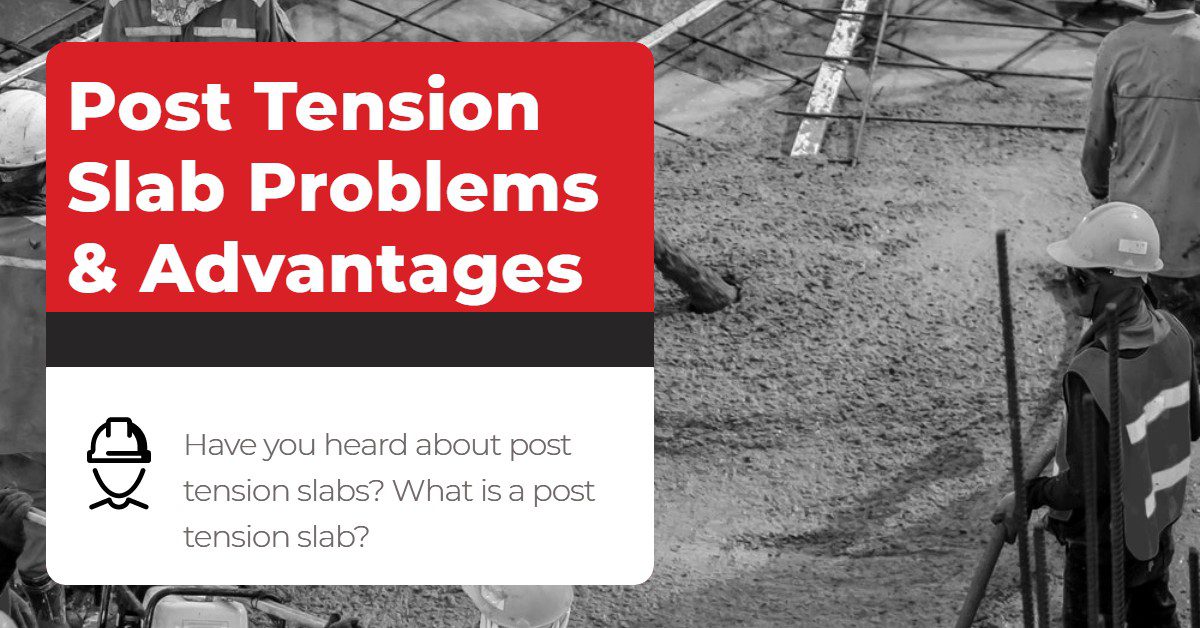
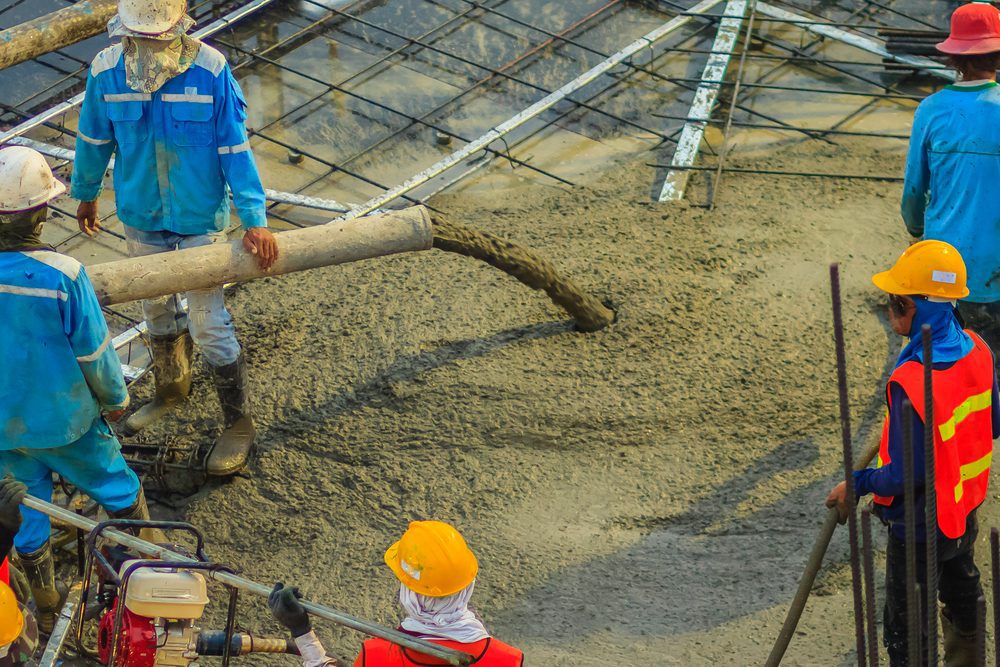
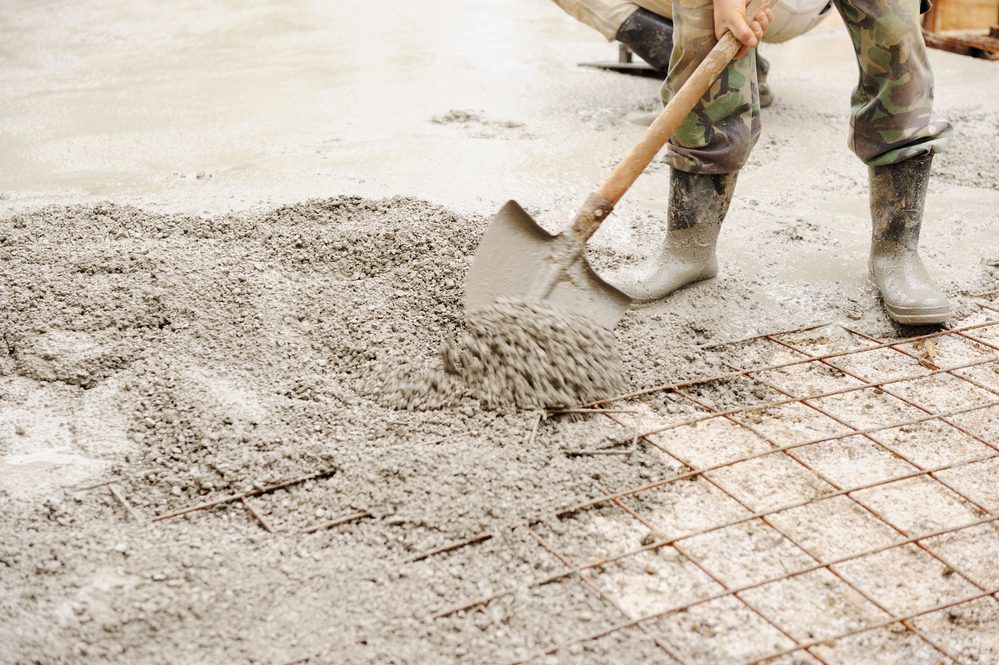
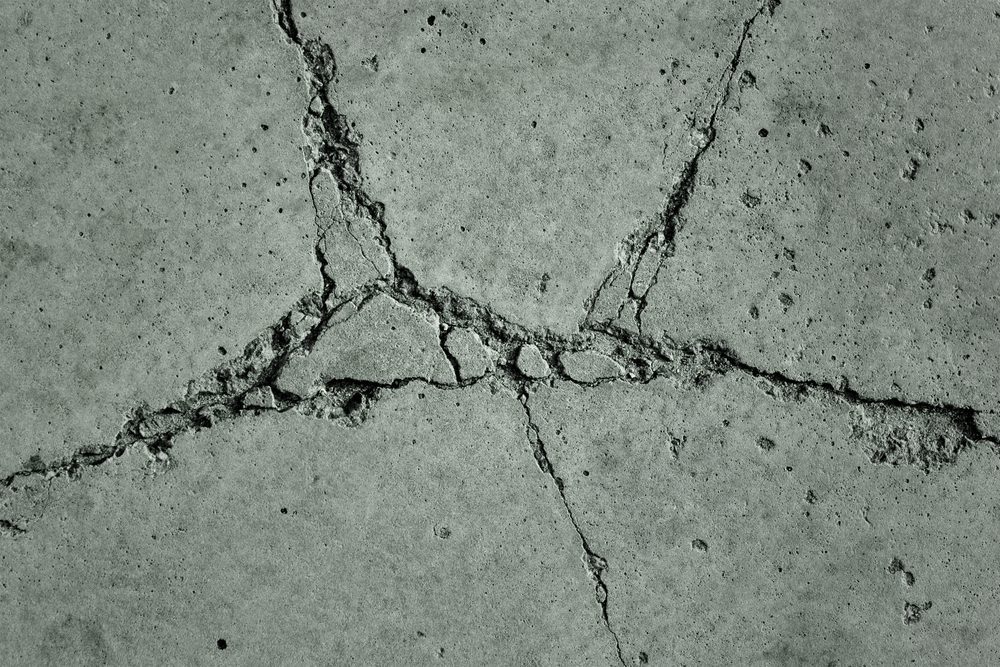
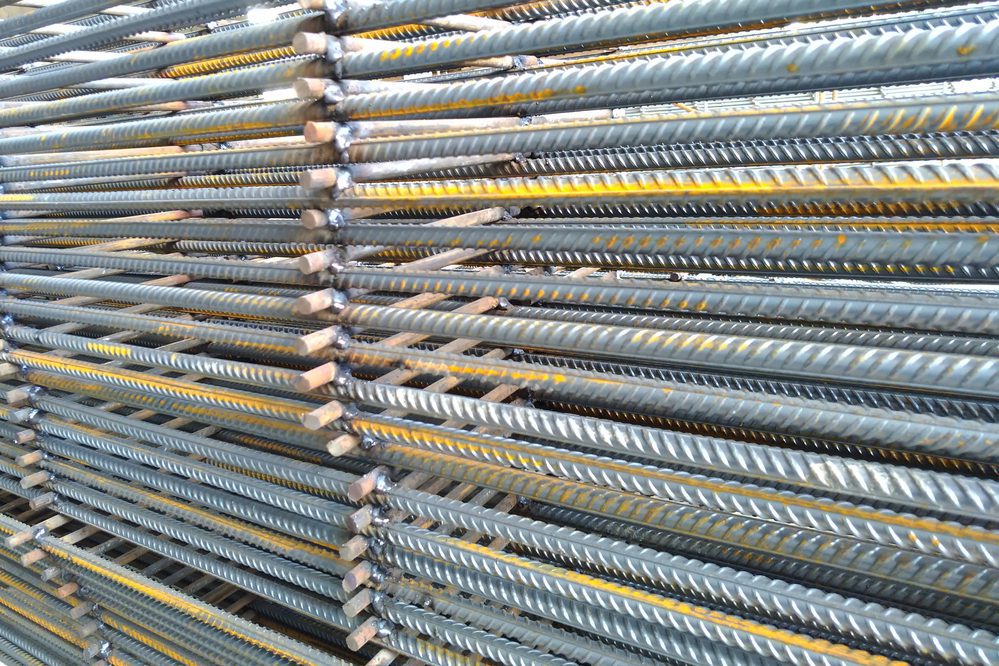
My name is Mike, I live near Houston, TX. Im having a house built and I see they had this issue when they put tension on the slab. The picture shows the opposite side being pulled popped out of the concrete. I would like to send you the pic so you can see what I’m talking about. Can you tell me if this is repairable? I would like to hear from another professional so I can compare to what they tell me.
Thanks,
Mike